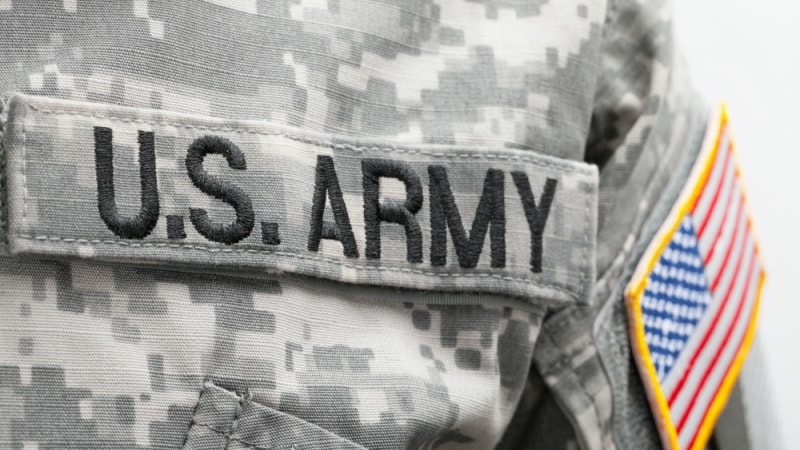
In a bold step towards achieving its goal of a unified network, the U.S. Army is revolutionizing its approach by moving away from outdated industrial-age processes and embracing innovative policies that tackle the challenges of the digital age, Army Chief Information Officer (CIO) Leo Garciga said today.
The Army Unified Network Plan, released on Oct. 8, is the services strategy to unify tactical and enterprise networks and ultimately create a common data fabric. When the Army first announced its Unified Network Plan three years ago, the service had 69 networks, with the goal of getting down to one by 2027.

“We’ve taken a different approach this time. Historically, it’s been one policy to rule them all. But we’ve been working hard to segment that and focus on policies that shape capabilities,” Garciga said during AUSA 20204 hosted by Defense News.
Garciga explained there are three policy areas the Army is “hyper focused” on to get to that 2027 goal: cybersecurity, continuous authorities to operate (ATOs), and artificial intelligence (AI) and machine learning (ML).
Regarding cybersecurity policies, Garciga explained that the “Army is thinking about how to operationalize cybersecurity in today’s world.”
“How do we really upgrade [our network] and let the force get some shaping guidance to deliver cybersecurity in a much better way?” Garciga said.
He added that the Army envisions a centralized delivery of services to orchestrate and monitor activities across the entire network, provide comprehensive oversight, and enable the Army to assess network performance and security in real time.
The Army is also focused on laying a foundation for AI and ML to shape the direction of these emerging capabilities.
“A lot of the capabilities that industry provides the services have an AI or ML component to it … We’re taking advantage of that and really operationalizing those,” Garciga said.
“It really is about building the digital foundation that we need to get these pockets of data by functionals in a good place,” he added.
In addition, the service is looking to implement a viable and sustainable business model, which includes continuous ATOs.
“We say we’re going to operationalize agile, but we haven’t built that framework to really get that done. So big focus has been laying that foundation to then be able to turn around and operationalize it as we move to 2027,” Garciga said.
